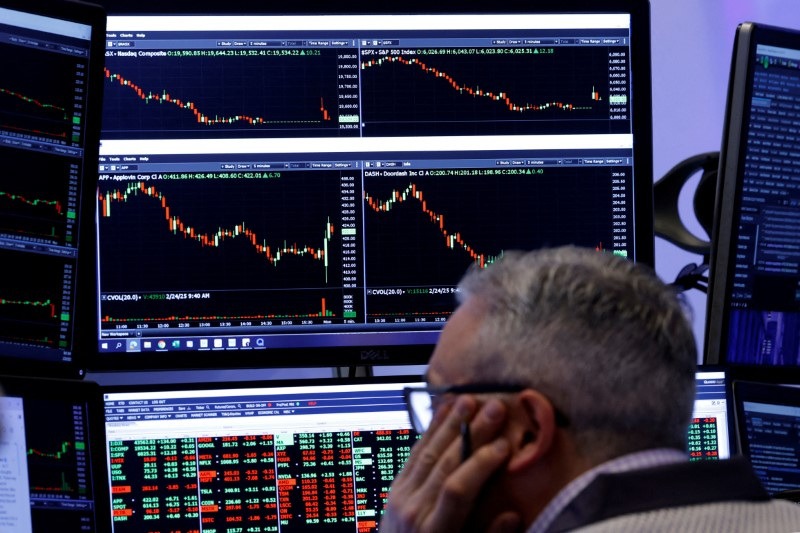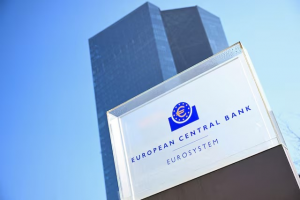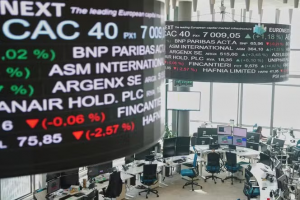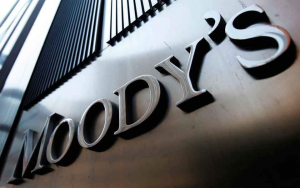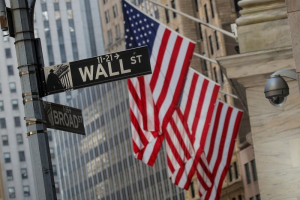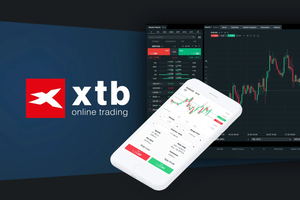U.S. equities remain in a volatile trading environment, with the S&P 500 index testing both ends of the 5,000 to 5,500 range last week.
The index closed slightly above the 5,500 level on Friday, helped by optimism over a potential tariff deal with China and expectations of a more dovish Federal Reserve.
Michael Wilson, chief U.S. equity strategist at Morgan Stanley, believes that while the S&P 500 may temporarily exceed the 5,500 level, a sustained move beyond the next resistance zone of 5,600-5,650 would require several key developments.
These include a meaningful reduction in effective tariff rates through a deal with China, a more accommodative Federal Reserve, sub-4% long-end yields without recession signals, and a clear improvement in earnings revisions.
However, until clearer risk-on shifts in these factors emerge, “range trading is likely to continue,” Wilson said.
Wilson also flagged interest rates as key to watch. The correlation between equity returns and the 10-year yield has collapsed in recent weeks, reflecting that higher yields are now more about rising term premiums than stronger growth.
“Should this correlation drop further and enter negative territory, the long end of the yield curve will matter more for equities,” Wilson said, adding that a drop below 4% could trigger an upside breakout, while a rise above 4.5% may “mean risk-off price action.”
On positioning, Wilson continues to favor large-cap, high-quality stocks, especially in cyclical sectors that have already priced in a material slowdown.
“This is not a blanket call on cyclicals; it’s a selective, stock-specific one,” he emphasized.
The strategists added that while equity markets have largely priced in a moderate slowdown, they have not priced in a meaningful labor downturn. Until there is “clear evidence over multiple months that the labor market remains solid,” the risk of a mild recession remains elevated.
Meanwhile, earnings revisions remain under pressure. Wilson said earnings per share (EPS) revisions breadth has fallen to levels last seen in 2022, and 2025/2026 consensus estimates have been marked down by 3% year-to-date.
Despite that, Q1 EPS surprises are running above historical averages, providing some support for the market.

